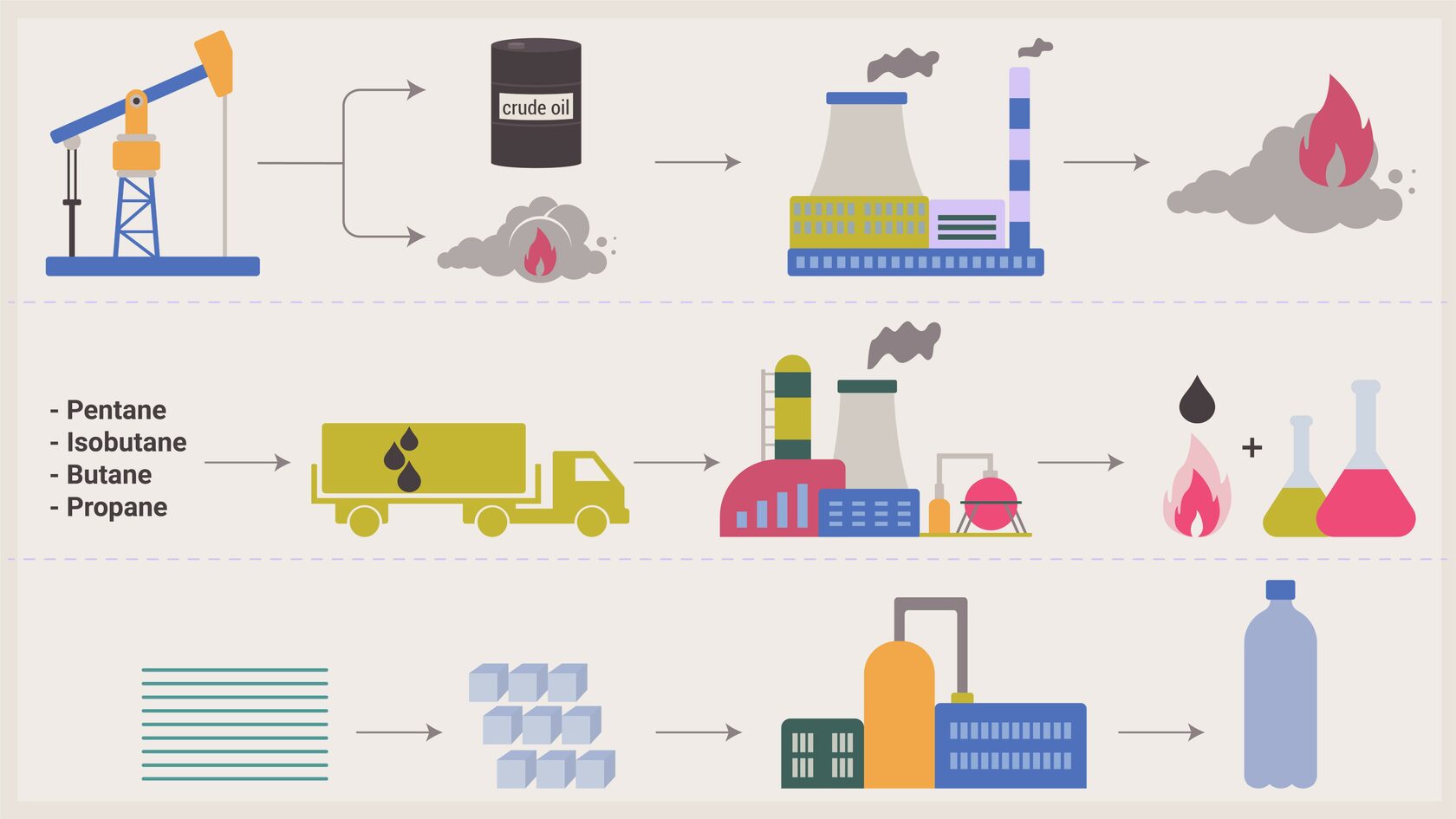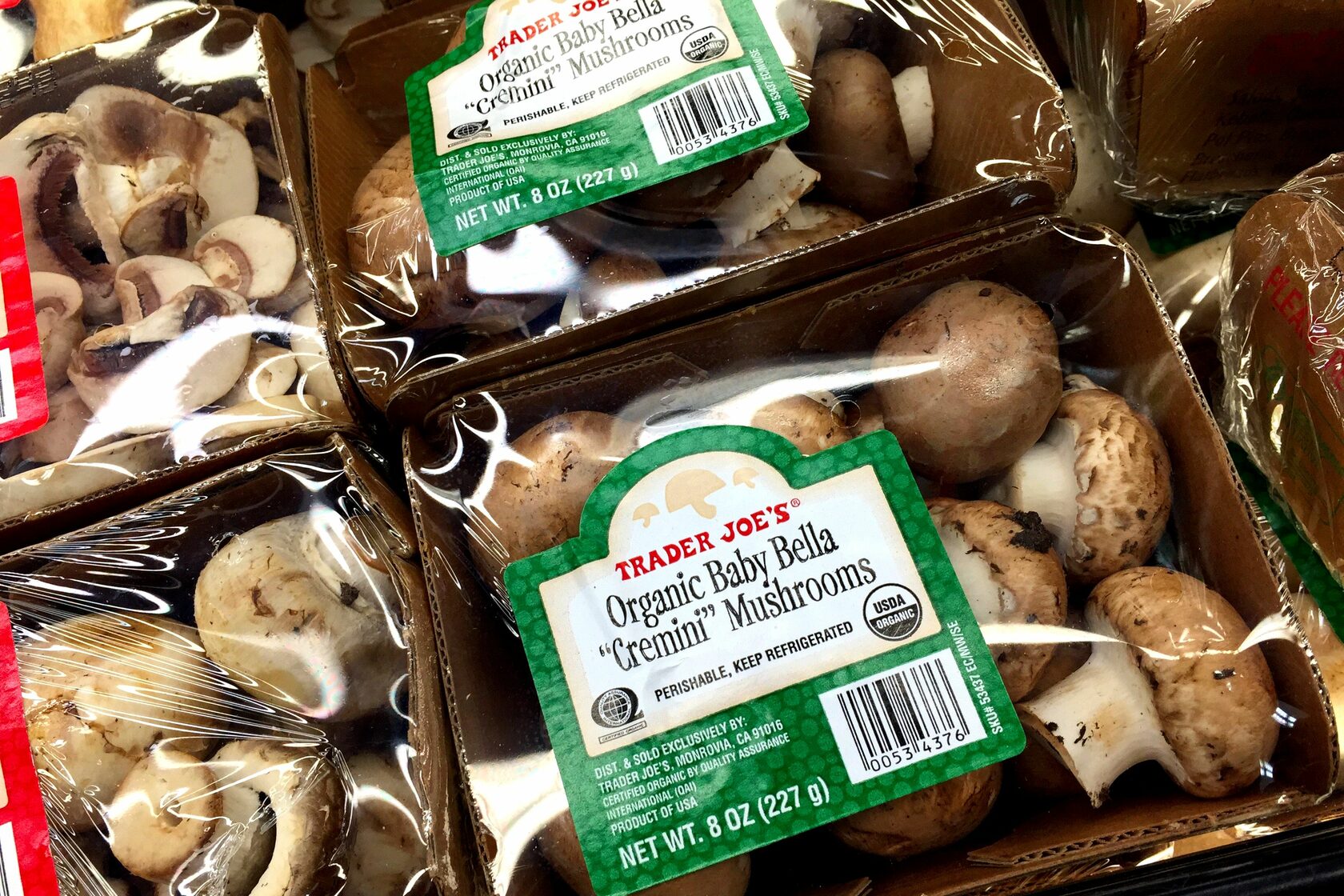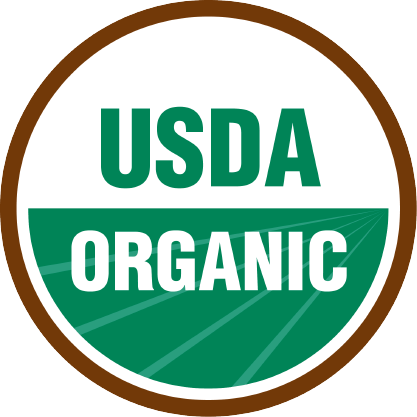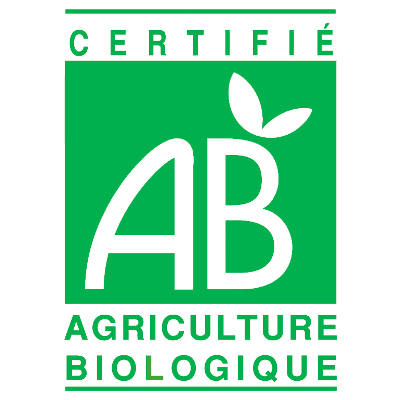The plastic problem, organic labels and bees
The plastic problem, organic labels and bees
How do you think plastic harms the environment?
How do you think plastic harms the environment?
Since plastic is made from oil, let's mentally move to an oil refinery. The oil refining company extracts oil, but in addition to oil, some other gases also are released. The oil company only needs the oil and can either burn or sell the associated gases. It is profitable to sell; therefore, the company sells the adjacent oil gas to the gas refinery. Now let's move to the gas refinery. Here that gas is pumped into a container and heated to get the materials we need to make plastic (e.g. pentane, isobutane, butane, propane).
The next step is moving materials from one factory to another. Now they are in a gaseous state, so we make them liquid, put them in a container and transport them.
If you look at plastic under a microscope, you might think it's like a long train made up of many identical cars. Let's call that whole train a polymer and the wagons monomers.
Now let's return to the factory where we came with our materials. We need to extract those wagons, the monomers, from them. First, we change substances from liquid to gas. For this, we heat them and separate the monomers, for example, ethylene gas.
If you look at plastic under a microscope, you might think it's like a long train made up of many identical cars. Let's call that whole train a polymer and the wagons monomers.
Now let's return to the factory where we came with our materials. We need to extract those wagons, the monomers, from them. First, we change substances from liquid to gas. For this, we heat them and separate the monomers, for example, ethylene gas.
1
2
Since plastic is made from oil, let's mentally move to an oil refinery. The oil refining company extracts oil, but in addition to oil, some other gases also are released. The oil company only needs the oil and can either burn or sell the associated gases. It is profitable to sell; therefore, the company sells the adjacent oil gas to the gas refinery. Now let's move to the gas refinery. Here that gas is pumped into a container and heated to get the materials we need to make plastic (e.g. pentane, isobutane, butane, propane).
The next step is moving materials from one factory to another. Now they are in a gaseous state, so we make them liquid, put them in a container and transport them.
If you look at plastic under a microscope, you might think it's like a long train made up of many identical cars. Let's call that whole train a polymer and the wagons monomers.
Now let's return to the factory where we came with our materials. We need to extract those wagons, the monomers, from them. First, we change substances from liquid to gas. For this, we heat them and separate the monomers, for example, ethylene gas.
If you look at plastic under a microscope, you might think it's like a long train made up of many identical cars. Let's call that whole train a polymer and the wagons monomers.
Now let's return to the factory where we came with our materials. We need to extract those wagons, the monomers, from them. First, we change substances from liquid to gas. For this, we heat them and separate the monomers, for example, ethylene gas.
1
2


Making Plastic from Oil


Making Plastic from Oil
We mix a catalyst, and those car monomers join together and become the new train, the polymer. This is the plastic. Then, other chemical substances can be added depending on the type of plastic. So that the product is elastic, flexible - plasticizers, so that it has a certain color - dyes. Now that we have already obtained the solid material, we divide it into thin threads so that it is easier to work with it. Then we make small cubes from the threads. Finally, those cubes will be sent to another factory, where they will be melted again, and their plastic will be shaped like a bottle. Anything can be obtained from threads or cubes. From the bottle to the dress.
3
We mix a catalyst, and those car monomers join together and become the new train, the polymer. This is the plastic. Then, other chemical substances can be added depending on the type of plastic. So that the product is elastic, flexible - plasticizers, so that it has a certain color - dyes. Now that we have already obtained the solid material, we divide it into thin threads so that it is easier to work with it. Then we make small cubes from the threads. Finally, those cubes will be sent to another factory, where they will be melted again, and their plastic will be shaped like a bottle. Anything can be obtained from threads or cubes. From the bottle to the dress.
3
Making plastic
Making plastic
Can you distinguish between 1-7 types of plastic? Which are more sustainable, and which are more problematic?
PET is used for bottles and transparent containers. It is accepted everywhere for processing, therefore, the first can be considered more stable. 2 HDPE, 3 PVC, 4 LDPE and 5 PP are other types of plastic. Processing them is more difficult, therefore, we will call them relatively stable. The next plastic type is 6 PS. This is very difficult to recycle and there are very few factories doing it.
The 7th type of plastic is not recyclable. In other words, similar packaging can never be reused. The reason is that the composition of these plastics is very complex and we cannot divide it into initial particles.
The 7th type of plastic is not recyclable. In other words, similar packaging can never be reused. The reason is that the composition of these plastics is very complex and we cannot divide it into initial particles.
Can you distinguish between 1-7 types of plastic? Which are more environmentally sustainable, and which are more problematic?
PET is used for bottles and transparent containers. It is accepted everywhere for processing, therefore, the first can be considered more stable. 2 HDPE, 3 PVC, 4 LDPE and 5 PP are other types of plastic. Processing them is more difficult, therefore, we will call them relatively stable. The next plastic type is 6 PS. This is very difficult to recycle and there are very few factories doing it.
The 7th type of plastic is not recyclable. In other words, similar packaging can never be reused. The reason is that the composition of these plastics is very complex and we cannot divide it into initial particles.
Remember
Plastics are toxic substances, and that poison can pass from packaging to food,
from food to our body, and accumulating in the body, lowering immunity and leading to various diseases.
Plastics are toxic substances, and that poison can pass from packaging to food,
from food to our body, and accumulating in the body, lowering immunity and leading to various diseases.
───────
Remember
Plastics are toxic substances, and that poison can pass from packaging to food,
from food to our body, and accumulating in the body, lowering immunity and leading to various diseases.
Remember
Plastics are toxic substances, and that poison can pass from packaging to food,
from food to our body, and accumulating in the body, lowering immunity and leading to various diseases.
Let's move to 2019 Mexico, a science fair where Professor Sandra Pasco Ortiz was trying to get a plastic-like substance from a cactus. That experience with her students was the beginning of Sandra's idea. She began the research and developed this sequence with his colleagues:
1. take the leaves of the Mexican Nopal cactus
2. peel them like potatoes
3. put it in a juicer and transfer the cactus juice to the refrigerator
4. add natural additives: glycerin and proteins
5. spread the mass on a flat surface and let it dry.
1. take the leaves of the Mexican Nopal cactus
2. peel them like potatoes
3. put it in a juicer and transfer the cactus juice to the refrigerator
4. add natural additives: glycerin and proteins
5. spread the mass on a flat surface and let it dry.
To make the material more attractive, it is dyed with natural dyes. The material can be made to the desired shape, size, thickness and softness. This plastic is non-toxic and can even be eaten. Sandra once ate the substance she had prepared to ensure its safety. It takes about a month for such plastic to decompose completely, and even less, a few days in water. The material is still only used as food packaging, but Sandra and her team are experimenting with different properties of cacti to improve the material and its applications.
1
2
Eco-friendly alternatives to plastic
Let's move to 2019 Mexico, a science fair where Professor Sandra Pasco Ortiz was trying to get a plastic-like substance from a cactus. That experience with her students was the beginning of Sandra's idea. She began the research and developed this sequence with his colleagues:
1. take the leaves of the Mexican Nopal cactus
2. peel them like potatoes
3. put it in a juicer and transfer the cactus juice to the refrigerator
4. add natural additives: glycerin and proteins
5. spread the mass on a flat surface and let it dry.
1. take the leaves of the Mexican Nopal cactus
2. peel them like potatoes
3. put it in a juicer and transfer the cactus juice to the refrigerator
4. add natural additives: glycerin and proteins
5. spread the mass on a flat surface and let it dry.
To make the material more attractive, it is dyed with natural dyes. The material can be made to the desired shape, size, thickness and softness. This plastic is non-toxic and can even be eaten. Sandra once ate the substance she had prepared to ensure its safety. It takes about a month for such plastic to decompose completely, and even less, a few days in water. The material is still only used as food packaging, but Sandra and her team are experimenting with different properties of cacti to improve the material and its applications.
1
2
Eco-friendly alternatives to plastic
Plastic made from a cactus
Plastic made from a cactus
In addition to cacti, there are other bases for bioplastic, such as mango. The Philippines is the ninth-largest mango-growing country in the world. Imagine how much mango peel remains after it is peeled and thrown away. Just as Sandra uses the cactus, a Filipino student, Denxibel Montinola, creates bioplastic from mango peels. At first glance, it looks like ordinary plastic, it is just a little crunchier. This plastic is non-toxic and decomposes in water. Denxibel wants to improve it further and extend its lifetime. His invention interested the Philippines Department of Trade and Industry Board of Investment, as well as the government of the Philippines.
Such wonderful works are not only happening in Mexico or the Philippines. But also in Armenia, at the Ayb school, your peers have obtained bioplastic from potato starch, created bags, and now they are working towards a larger volume of production.
1
2
In addition to cacti, there are other bases for bioplastic, such as mango. The Philippines is the ninth-largest mango-growing country in the world. Imagine how much mango peel remains after it is peeled and thrown away. Just as Sandra uses the cactus, a Filipino student, Denxibel Montinola, creates bioplastic from mango peels. At first glance, it looks like ordinary plastic, it is just a little crunchier. This plastic is non-toxic and decomposes in water. Denxibel wants to improve it further and extend its lifetime. His invention interested the Philippines Department of Trade and Industry Board of Investment, as well as the government of the Philippines.
Such wonderful works are not only happening in Mexico or the Philippines. But also in Armenia, at the Ayb school, your peers have obtained bioplastic from potato starch, created bags, and now they are working towards a larger volume of production.
1
2

Denxybel Montinola's Plastic from Mango

Denxybel Montinola's Plastic from Mango
Plastic made byy students in Ayb school
Plastic made by students in Ayb school
What did you learn about how plastic harms the environment?
Because plastics are derived from raw petroleum materials, they are highly toxic and often difficult to manage due to their complex structure. Food can be poisoned by plastic packaging, which in turn ends up in our bodies and can cause a number of serious health problems.
What did you learn about how plastic harms the environment?
Because plastics are derived from raw petroleum materials, they are highly toxic and often difficult to manage due to their complex structure. Food can be poisoned by plastic packaging, which in turn ends up in our bodies and can cause a number of serious health problems.
Why do you think bee conservation is important? What dangers might they face?
Why do you think bee conservation is important? What dangers might they face?
Pollination is a vital process for the planet. If bees didn't exist and we had to create them, their work would be worth $200 billion a year. 3/4 of the world's crops, which provide people with fruits and seeds, partially depend on pollinators.
The main reason for the death of bees is pesticides containing neonicotinoids, which farmers use to treat fields from pests. Most often, the death of bees began to be noted near rapeseed fields.
The main reason for the death of bees is pesticides containing neonicotinoids, which farmers use to treat fields from pests. Most often, the death of bees began to be noted near rapeseed fields.
Ուզում եմ կարդալ ավելին

Rapeseed fields
Pollination is a vital process for the planet. If bees didn't exist and we had to create them, their work would be worth $200 billion a year. 3/4 of the world's crops, which provide people with fruits and seeds, partially depend on pollinators.
The main reason for the death of bees is pesticides containing neonicotinoids, which farmers use to treat fields from pests. Most often, the death of bees began to be noted near rapeseed fields.
The main reason for the death of bees is pesticides containing neonicotinoids, which farmers use to treat fields from pests. Most often, the death of bees began to be noted near rapeseed fields.
Ուզում եմ կարդալ ավելին

Rapeseed fields
Why do you think rapeseed fields are so influential to bees' health?
It's quite easy to make money on rapeseed. People sow the whole field, spray it with chemicals and it grows. Then they sell it. In 2018-2019, the popularity of rapeseed in Russia increased by 50%.
The bees did not know about this and, as usual, flew to the rapeseed fields, which were now very heavily treated with pesticides. According to the National Association of Beekeepers, 56% of all bee families died in Russia in 2020.
The bees did not know about this and, as usual, flew to the rapeseed fields, which were now very heavily treated with pesticides. According to the National Association of Beekeepers, 56% of all bee families died in Russia in 2020.
Why do you think rapeseed fields are so influential to bees' health?
It's quite easy to make money on rapeseed. People sow the whole field, spray it with chemicals and it grows. Then they sell it. In 2018-2019, the popularity of rapeseed in Russia increased by 50%.
The bees did not know about this and, as usual, flew to the rapeseed fields, which were now very heavily treated with pesticides. According to the National Association of Beekeepers, 56% of all bee families died in Russia in 2020.
Saar Safra is a successful startupper who has lived in Seattle, Washington, for many years, but before the startup Beewise, he never thought about the importance of bees.
The idea for the startup was born when Saar learned from his beekeeping friends that all the bees in the world are kept in ordinary beehives and die from harmful pesticides. After learning about the problem, he decided to use technology to turn ordinary wooden hives into smart tools that would both help beekeepers and protect bees. That's how he created the startup Beewise in 2018 with several co-founders.
The idea for the startup was born when Saar learned from his beekeeping friends that all the bees in the world are kept in ordinary beehives and die from harmful pesticides. After learning about the problem, he decided to use technology to turn ordinary wooden hives into smart tools that would both help beekeepers and protect bees. That's how he created the startup Beewise in 2018 with several co-founders.
So, they created a unique beehive (called Beehome) that can accommodate 40 families (about 2 million bees). It allows beekeepers to remotely monitor the health of bees and take care of them. By the way, the beehive work with solar energy. solar panels are installed on the roof. Beehome can also control the climate and humidity of the hives and eliminate pests. The Beehome also detects ready hives, collects honey automatically, and notifies the beekeeper when the honey containers are filled with 1,800 kg of honey.
1
2
And those problems that Beehome cannot solve alone are sent as notifications to the iPad application. The program also manages pests using pesticides. "The Beehome robot removes the circle of bees infected with the parasite and places it in a tightly closed 'separated zone' (like in isolation). Then they spray the frame with pesticides. After the evaporation of the active ingredients, the robot returns the frame to the hive.
This allows:
a) Apply pesticides surgically
b) Use very little pesticide (spray the frame, not the whole hive)
c) Spray pesticides at any time of the year where there are bees (including the honey collection period), as they do not affect the entire hive.
a) Apply pesticides surgically
b) Use very little pesticide (spray the frame, not the whole hive)
c) Spray pesticides at any time of the year where there are bees (including the honey collection period), as they do not affect the entire hive.
3
4
Saar Safra is a successful startupper who has lived in Seattle, Washington, for many years, but before the startup Beewise, he never thought about the importance of bees.
The idea for the startup was born when Saar learned from his beekeeping friends that all the bees in the world are kept in ordinary beehives and die from harmful pesticides. After learning about the problem, he decided to use technology to turn ordinary wooden hives into smart tools that would both help beekeepers and protect bees. That's how he created the startup Beewise in 2018 with several co-founders.
The idea for the startup was born when Saar learned from his beekeeping friends that all the bees in the world are kept in ordinary beehives and die from harmful pesticides. After learning about the problem, he decided to use technology to turn ordinary wooden hives into smart tools that would both help beekeepers and protect bees. That's how he created the startup Beewise in 2018 with several co-founders.
So, they created a unique beehive (called Beehome) that can accommodate 40 families (about 2 million bees). It allows beekeepers to remotely monitor the health of bees and take care of them. By the way, the beehive work with solar energy. solar panels are installed on the roof. Beehome can also control the climate and humidity of the hives and eliminate pests. The Beehome also detects ready hives, collects honey automatically, and notifies the beekeeper when the honey containers are filled with 1,800 kg of honey.
1
2
And those problems that Beehome cannot solve alone are sent as notifications to the iPad application. The program also manages pests using pesticides. "The Beehome robot removes the circle of bees infected with the parasite and places it in a tightly closed 'separated zone' (like in isolation). Then they spray the frame with pesticides. After the evaporation of the active ingredients, the robot returns the frame to the hive.
This allows:
a) Apply pesticides surgically
b) Use very little pesticide (spray the frame, not the whole hive)
c) Spray pesticides at any time of the year where there are bees (including the honey collection period), as they do not affect the entire hive.
a) Apply pesticides surgically
b) Use very little pesticide (spray the frame, not the whole hive)
c) Spray pesticides at any time of the year where there are bees (including the honey collection period), as they do not affect the entire hive.
3
4

Beewise hives


Beewise hives

What did you learn: what problems do bees face? Why are bees important for the planet?
What did you learn: what problems do bees face? Why are bees important for the planet?
How do you think organically grown food can be differentiated from other food in supermarkets?
How do you think organically grown foods can be differentiated from other foods in supermarkets?
You can often see these logos on organic food:
1. Agriculture Biologique: French certificate,
2. Green background with white stars: EU,
3. USDA Organic, American.
For buyers, this is a sign that this product is safer. Today, this logo has become regular. There are organizations that inspect farms and provide them with certificates.
Companies often try to present non-certified products as organic food in order to make the product more appealing. Such manipulative tricks are examples of Greenwashing.
1. Agriculture Biologique: French certificate,
2. Green background with white stars: EU,
3. USDA Organic, American.
For buyers, this is a sign that this product is safer. Today, this logo has become regular. There are organizations that inspect farms and provide them with certificates.
Companies often try to present non-certified products as organic food in order to make the product more appealing. Such manipulative tricks are examples of Greenwashing.
Ուզում եմ կարդալ ավելին

You can often see these logos on organic food:
1. Agriculture Biologique: French certificate,
2. Green background with white stars: EU,
3. USDA Organic, American.
For buyers, this is a sign that this product is safer. Today, this logo has become regular. There are organizations that inspect farms and provide them with certificates.
Companies often try to present non-certified products as organic food in order to make the product more appealing. Such manipulative tricks are examples of Greenwashing.
1. Agriculture Biologique: French certificate,
2. Green background with white stars: EU,
3. USDA Organic, American.
For buyers, this is a sign that this product is safer. Today, this logo has become regular. There are organizations that inspect farms and provide them with certificates.
Companies often try to present non-certified products as organic food in order to make the product more appealing. Such manipulative tricks are examples of Greenwashing.
Ուզում եմ կարդալ ավելին

It all started in 1939 when the scientist Paul Miller began actively spreading the insecticide he created called DDT (Dichlorodiphenyltrichloroethane) (a chemical that kills insects). At that time, they were not sprayed on the fields but on the American soldiers in order to get rid of malaria, ticks and fever. It later turned out that this had a negative effect on their health. As a result, environmental scientists began to raise active movements against chemicals.
Specialized institutes began to open. One of the first was the Organic Agriculture Research Institute, which opened in Switzerland in 1973. This was later followed by the National Federation of Organic Farmers in France in 1978, and in 1983 Austria became the first country to legislate organic farming. This is how, in just a little more than 10 years, Europe came to the point where now we can go to any supermarket and see those certificates and buy products grown without chemicals.
1
2
It all started in 1939 when the scientist Paul Miller began actively spreading the insecticide he created called DDT (Dichlorodiphenyltrichloroethane) (a chemical that kills insects). At that time, they were not sprayed on the fields but on the American soldiers in order to get rid of malaria, ticks and fever. It later turned out that this had a negative effect on their health. As a result, environmental scientists began to raise active movements against chemicals.
Specialized institutes began to open. One of the first was the Organic Agriculture Research Institute, which opened in Switzerland in 1973. This was later followed by the National Federation of Organic Farmers in France in 1978, and in 1983 Austria became the first country to legislate organic farming. This is how, in just a little more than 10 years, Europe came to the point where now we can go to any supermarket and see those certificates and buy products grown without chemicals.
1
2



Agriculture Biologique
USDA Organic
Green background with white stars



Agriculture Biologique
USDA Organic
Green background with white stars
Sometimes even completely ecologically clean farms do not have certificates, because the process of obtaining them is quite expensive and time-consuming.
There is a movement called beyond organic. Participants believe that organic farms are more harmful than the use of pesticides because, for example, organic lands are plowed or they may not roatet crops. The participants of the movement believe that getting the certificate has become government's business and they don't want to obtain it, even if they grow organic products.
There is a movement called beyond organic. Participants believe that organic farms are more harmful than the use of pesticides because, for example, organic lands are plowed or they may not roatet crops. The participants of the movement believe that getting the certificate has become government's business and they don't want to obtain it, even if they grow organic products.
Sometimes even completely ecologically clean farms do not have certificates, because the process of obtaining them is quite expensive and time-consuming.
There is a movement called beyond organic.
There is a movement called beyond organic.
Participants believe that organic farms are more harmful than the use of pesticides because, for example, organic lands are plowed or they may not rotate crops. The participants of the movement believe that getting the certificate has become the government's business and they don't want to obtain it, even if they grow organic products.
What did you learn: how can you distinguish organically grown foods from other foods in supermarkets?
What did you learn: how can you distinguish organically grown foods from other foods in supermarkets?
Discussion 3: Key questions
If you want to prepare further for the discussion, below you will find the main questions of the upcoming meeting.
1. Debate over the wording ''Biodegradable plastics are environmentally sustainable alternatives to fossil fuel-derived plastics''.
2. Greenwashing: Coca-Cola and Silo.
3. Imagine you are creating bee hotels. They should save wild bees and, at the same time, be ecologically sustainable. What will the hive look like? What will you name your bee hotel? Where will you place the hives?
4. Now you want to sell the bee hotels. Where will you try to find the necessary money? What fundraising methods are you familiar with?
5. Ecolabels: Are they bio/organic licensed products or not?
1. Debate over the wording ''Biodegradable plastics are environmentally sustainable alternatives to fossil fuel-derived plastics''.
2. Greenwashing: Coca-Cola and Silo.
3. Imagine you are creating bee hotels. They should save wild bees and, at the same time, be ecologically sustainable. What will the hive look like? What will you name your bee hotel? Where will you place the hives?
4. Now you want to sell the bee hotels. Where will you try to find the necessary money? What fundraising methods are you familiar with?
5. Ecolabels: Are they bio/organic licensed products or not?
